It seems [Pete Prodoehl] was working on a project that involved counting baseballs as they fell out of a chute, with the counting part being sensed by a long lever microswitch. Now we all know there are a number of different ways in which one can do this using all kinds of fancy sensors. But for [Pete], we guess the microswitch was what floated his boat — likely because it was cheap, easily available and replaceable, and reliable. Well, the reliable part he wasn’t very sure about, so he built a (not quite) Useless Machine that would conduct an endurance test on the specific switch brand and type he was using. But mostly, it seemed like an excuse to do some CAD design, 3D printing, wood work and other hacker stuff.
The switches he’s testing appear to be cheap knock-off’s of a well known brand. Running them through the torture test on his Useless Machine, he found that the lever got deformed after a while, and would stop missing the actuator arms of his endurance tester completely. In some other samples, he found that the switches would die, electrically, after just a few thousand operations. The test results appear to have justified building the Useless Machine. In any case, even when using original switches, quite often it does help to perform tests to verify their suitability to your specific application.
Ideally, these microswitches ought to have been compliant to the IEC 61058 series of standards. When switches encounter real world loads running off utility supply, their electrical endurance is de-rated depending on many factors. The standard defines many different kinds electro-mechanical test parameters such as the speed of actuation, the number of operations per minute and on-off timing. Actual operating conditions are simulated using various types of electrical loads such as purely resistive, filament lamp loads (non-linear resistance), capacitive loads or inductive loads. There’s also a test involving a locked rotor condition. Under some of the most severe kinds of electrical loads, a switch may be expected to last just a few hundred operations. But if the switch is used for low power applications (contact current below 20 mA), then it is expected to last up to its mechanical endurance limit. For most microswitches, this is usually in the range to 100,000 to 300,000 operations.
Coming back to his project, his first version was cobbled together as a quick hack. A 3D-printed lever was attached to a motor fixed on a 3D-printed mount. The switch was wired to an Arduino input, and a four-digit display showed the number of counts. On his next attempt, he replaced the single lever with a set of three, and in yet another version, he changed the lever design by adding small ball bearings at the end of the actuator arms so they rolled smoothly over the microswitch lever. The final version isn’t anywhere close to a machine that would be used to test these kind of switches in a Compliance Test Laboratory, but for his purpose, we guess it meets the bar.
For those interested, here is a great resource on everything you need to know about Switch Basics. And check out the Useless Machine in action in the video below.
Continue reading “Endurance Test Machine Is Not Quite Useless” →
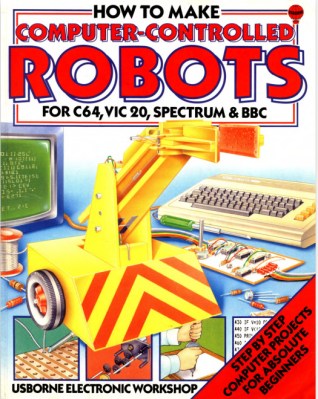

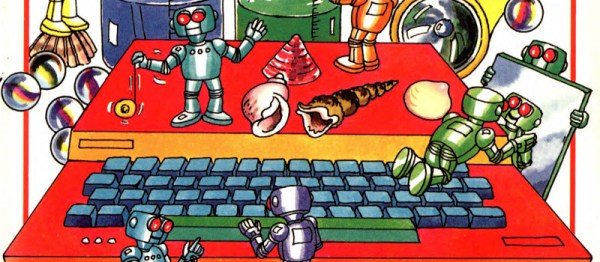
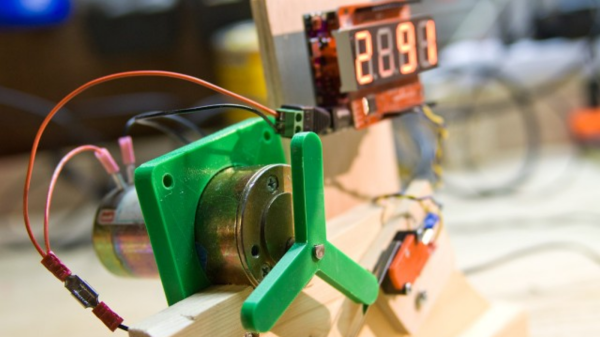
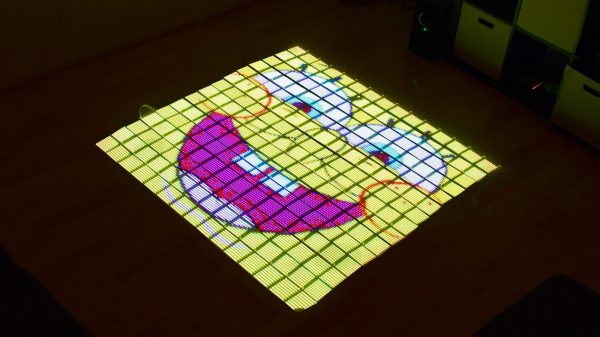
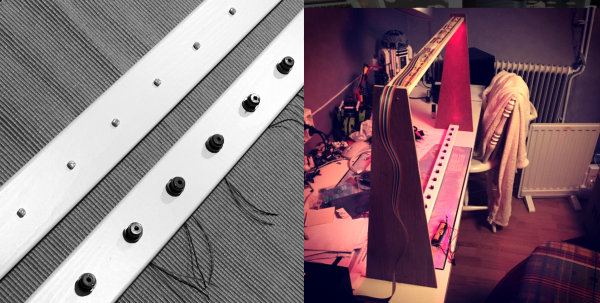



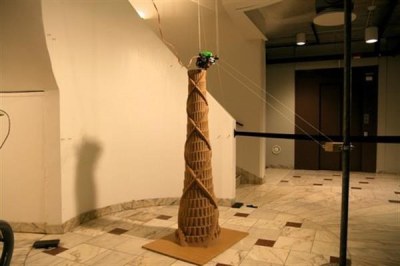 [Torbjørn Ludvigsen] is a physics major out of Umea University in Sweden, and built the Hangprinter for only $250 in parts. It follows the RepRap tradition of being
[Torbjørn Ludvigsen] is a physics major out of Umea University in Sweden, and built the Hangprinter for only $250 in parts. It follows the RepRap tradition of being 









